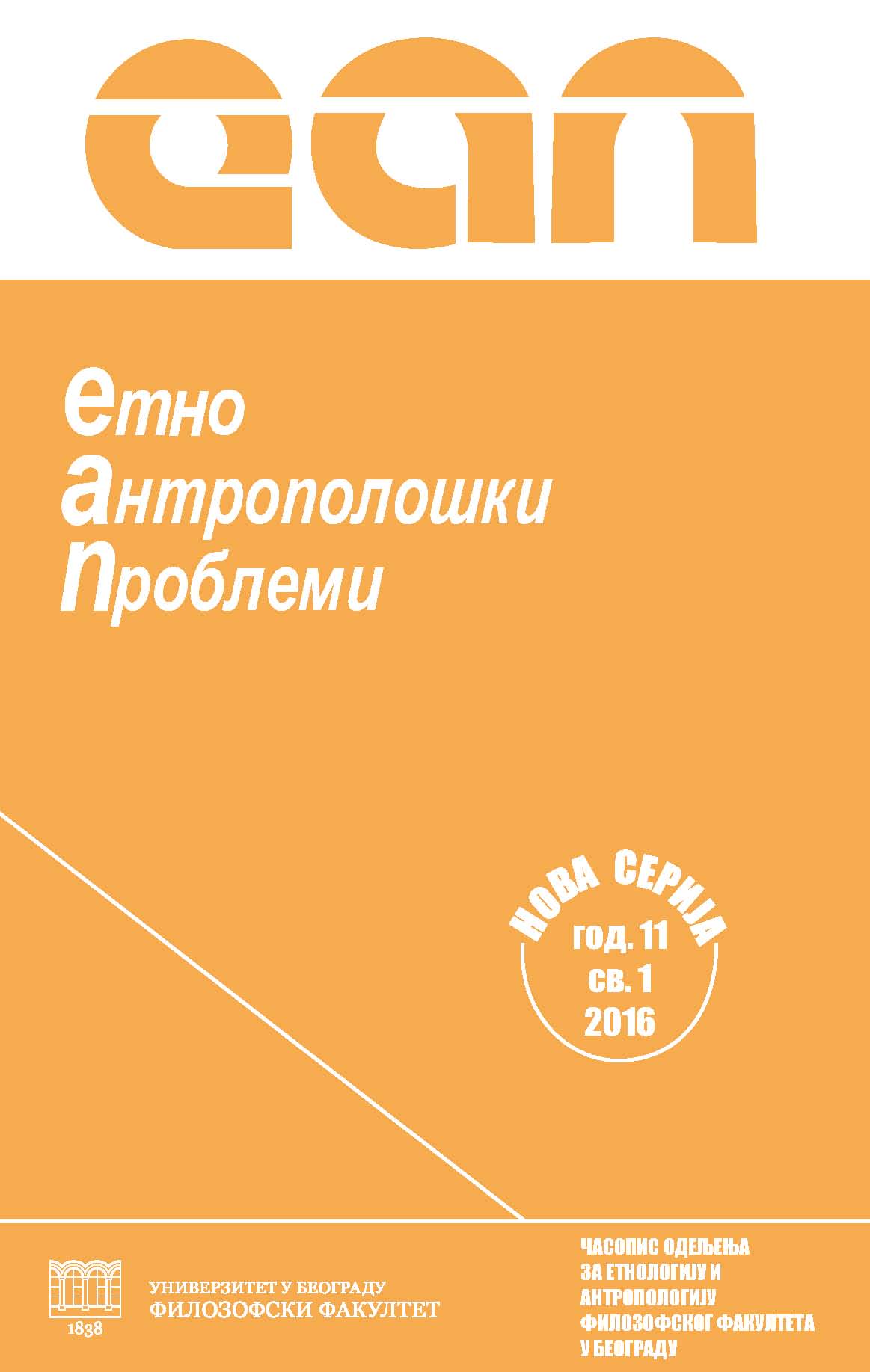Opera as Social Showcase: Rituals of
“Magic Mirrors” at the Margravial Opera House
in Mid-Eighteenth-Century Bayreuth
Opera as Social Showcase: Rituals of
“Magic Mirrors” at the Margravial Opera House
in Mid-Eighteenth-Century Bayreuth
Author(s): Vlado KotnikSubject(s): Anthropology, Theatre, Dance, Performing Arts, Music
Published by: Филозофски факултет, Универзитет у Београду
Keywords: opera; ritual; Bayreuth; Markgräfliches Opernhaus; Wilhemina of Bayreuth
Summary/Abstract: This article proposes a ritualistic approach to opera in the historical case of the mid-eighteenth-century Margravial Opera House in Bavarian Bayreuth to argue that court opera can be understood as a variety of social showcase. In this view, court opera is a specific form of communication through which opera established the various types of relationship between itself and the social worlds in which, and for which, it was created. By referring to the operatic rituals under the leadership and sponsorship of Wilhelmina of Bayreuth and her husband Frederick, it will be established how the Bayreuth’s ruling couple used opera for several social and political purposes. As both genre and institution, the Margravial opera production is interpreted by the analytical models of anthropologists of ritual and theatre, like Victor Turner, Clifford Geertz, Maurice Bloch, Stanley Tambiah, Catherine Bell, employing their ritual theory, especially Turner’s concept of a “hall of magic mirrors”.
Journal: Етноантрополошки проблеми
- Issue Year: 11/2016
- Issue No: 1
- Page Range: 19-45
- Page Count: 27
- Language: English

